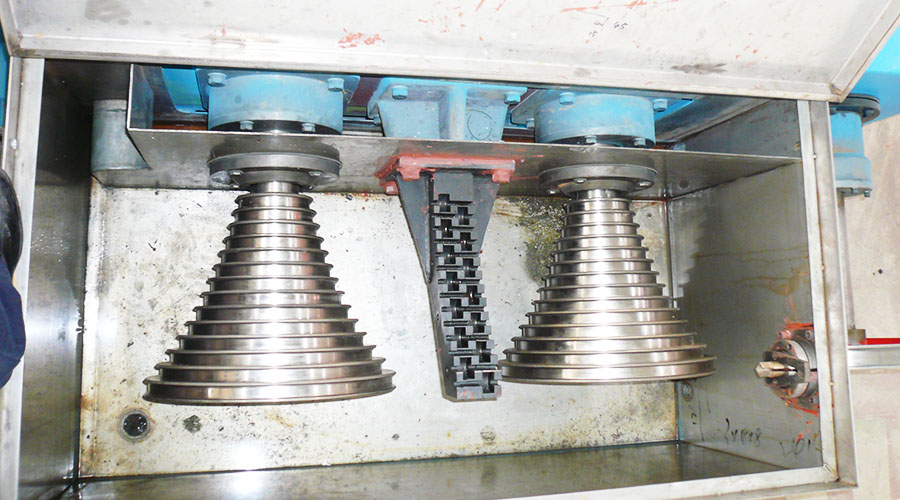Characteristics of Flat Wire Drawing Machine and Their Installation Standards
Nowadays, the use of wire drawing machines has become very common. Flat wire drawing machine is very popular at present. They not only have excellent performance in operation but are also very simple to use and maintain.
Any flat plate that needs to be processed into silk patterns on the surface of the workpiece can be completed using surface wire drawing machine equipment.
The characteristic of the flat wire drawing machine is that it is controllable. Its operating system is operated by the control cabinet and control panel, and the wire drawing process is fully automated. During use, accidents can be avoided. The main body is welded very firmly and can be used with confidence.
Different types of wire drawing machines process different products. The processing widths of the machine models vary, and the height can also be adjusted.
When the wire drawing machine is in operation, if an accident occurs, the main motor of the flat wire drawing machine can perform emergency braking, suspend the work, and re-check the machine to see if there are any safety hazards.
Planar wire drawing machines are mainly used in machinery manufacturing, hardware processing, petrochemicals, plastics, bamboo and wood products, wires and cables, and other industries.
During installation, the installation base must be fixed very firmly to avoid vibration; during installation, debugging must be done to make the tensile axis of the wire symmetrical to the center line of the die hole, so that the stress on the wire and the wire drawing die acts evenly.
Frequent starts and stops should be avoided during the wire drawing process because the friction caused by the tensile stress at the start of drawing is much greater than the friction during normal drawing, which will inevitably increase the wear of the mold. In addition, the wire used for drawing must be pretreated.
The so-called pretreatment includes surface pretreatment and heat treatment. For wires with dirty surfaces and a lot of impurities attached to them, they must be cleaned and dried before drawing; for wires with more oxide scales on the surface, they must be drawn first.
After acid fineness and drying, drawing is carried out; for wires with peeling, pits, heavy skin, etc. on the surface, they must be polished by a polishing machine before drawing; for wires with excessive hardness or insufficient hardness.
For uniform wire, the hardness must be reduced by annealing or tempering first, and the wire must maintain good hardness uniformity before drawing.





